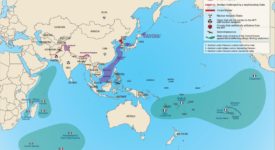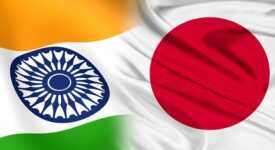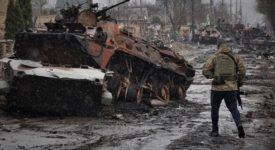The EU envoy to Nepal, Rensje Teerik, said that about 1,000 EU nationals are still missing after the devastating earthquake in the South Asian country. Almost two weeks after the quake, officials estimate that more than 6,000 people had lost their lives in Nepal’s worst earthquake in 80 years. It is, however, estimated that the 7.8-magnitude quake could have claimed as many as 10,000 lives in total.
Most of the missing Europeans are thought to have been trekking in the Himalaya, mostly in the Everest and Langtang regions. It is hoped that many of the missing are alive but isolated by the quake in remote areas, just like thousands of Nepalese living in remote communities. So far 12 Europeans have died, most of them in avalanches. The earthquake struck during the peak trekking season and hit the base camp below Mt Everest. Mr Teerik said that “the status and whereabouts of some 1,000 other EU citizens were unknown” but hopes are high that most of them will be found safe as many tourists do not register with their embassies, which makes it more difficult to trace them.
The Nepalese government has admitted that it was poorly prepared for the catastrophe and thus called for more international humanitarian aid. Information Ministry moreover admitted that “any projection has not taken into account… that so many people and so many districts would be affected”. The ministry also noted that “this was a calamity of enormous proportions.” The entire rescue and relief operation has an ad-hoc character with soldiers and random tourists helping out to remove the debris literally brick by brick. A French rescue worker admitted that “we don’t know what we are supposed to be doing”.
The EU has made available €3 million in immediate response which came in addition to the assistance from individual Member States and the deployment of European Commission’s humanitarian aid and civil protection experts to the crisis area.







